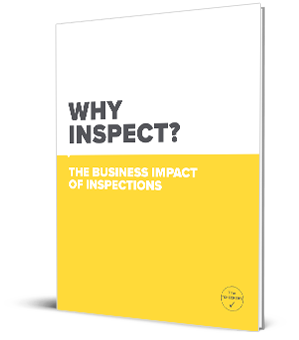Managing multiple sites can be daunting, especially when it comes to maintaining consistent inspection procedures. Standardizing inspections ensures safety, compliance, and operational efficiency for small business owners with expensive assets, crane companies, mining firms, and municipalities in the industrial sector. Here are effective strategies to create uniform inspection procedures across various locations while safeguarding your inspectors in hazardous environments.
1. Establish Comprehensive Inspection Protocols
Creating detailed inspection protocols is the first step toward standardization. These protocols should outline the specific procedures, checklists, and safety measures required for each type of inspection. Developing a standardized framework ensures that every site follows the same guidelines, minimizing discrepancies and enhancing overall safety.
Key Elements to Include:
Clear Inspection Checklists: Develop comprehensive checklists tailored to each type of equipment or facility. Ensure that all critical components are covered.
Standard Operating Procedures (SOPs): Document step-by-step inspection procedures, including the tools and equipment needed.
Safety Guidelines: Incorporate safety measures specific to each high-risk environment to protect inspectors during inspection.
2. Invest in Inspection Software
Utilizing advanced inspection software can significantly streamline the standardization process. Software solutions like The Checker's provide centralized platforms for managing inspection schedules, recording findings, and generating reports. This ensures consistency across all sites and simplifies compliance with industry standards.
Benefits of Inspection Software:
Real-Time Data Collection: Capture and store inspection data consistently across all locations.
Automated Reporting: Generate uniform reports that adhere to company and regulatory standards.
Centralized Management: Easily oversee and manage inspections from a single dashboard, enhancing coordination and accountability.
3. Implement Training Programs
Consistent training is vital for standardizing inspection procedures. Ensure that all
inspectors, regardless of their location, receive the same level of training on inspection
protocols, safety measures, and the use of inspection tools. Regular training sessions
help maintain high standards and keep your team updated on the latest industry
practices.
Training Best Practices:
Regular Workshops: Conduct periodic training workshops to reinforce protocols and introduce updates.
Certification Programs: Implement certification requirements to ensure all inspectors meet the necessary competency levels.
Safety Training: Emphasize safety protocols specific to each site’s hazards to prevent accidents and injuries.
4. Conduct Regular Audits and Reviews
Regular audits and reviews are essential for maintaining standardized inspection procedures. Periodically assess each site’s adherence to established protocols and identify areas for improvement. Audits help ensure compliance with safety regulations and internal standards, promoting a culture of continuous improvement.
Steps for Effective Audits:
Scheduled Inspections: Plan routine audits to evaluate compliance with standardized procedures.
Feedback Mechanisms: Collect feedback from inspectors to identify challenges and opportunities for enhancement.
Action Plans: Develop and implement action plans based on audit findings to address inconsistencies or gaps.
5. Foster a Safety-First Culture
Promoting a safety-first culture is fundamental to standardizing inspection procedures, especially in hazardous environments. Encourage open communication about safety concerns and recognize inspectors who adhere to protocols diligently. A strong safety culture enhances compliance and boosts morale and productivity.
Safety Culture Initiatives:
Safety Meetings: Hold regular safety meetings to discuss protocols, share experiences, and address concerns.
Incentive Programs: Reward teams and individuals who consistently follow safety procedures and contribute to a safer work environment.
Transparent Communication: Create an environment where inspectors feel comfortable reporting safety issues without fear of retribution.
Standardizing inspection procedures across multiple sites is essential for maintaining safety, ensuring compliance, and optimizing operational efficiency. By establishing comprehensive protocols, investing in advanced inspection software like The Checker, implementing consistent training, conducting regular audits, and fostering a safety-first culture, businesses can achieve uniformity and excellence in their inspection processes. Embracing these strategies protects your valuable assets and ensures your inspectors' well-being in high-risk environments.











